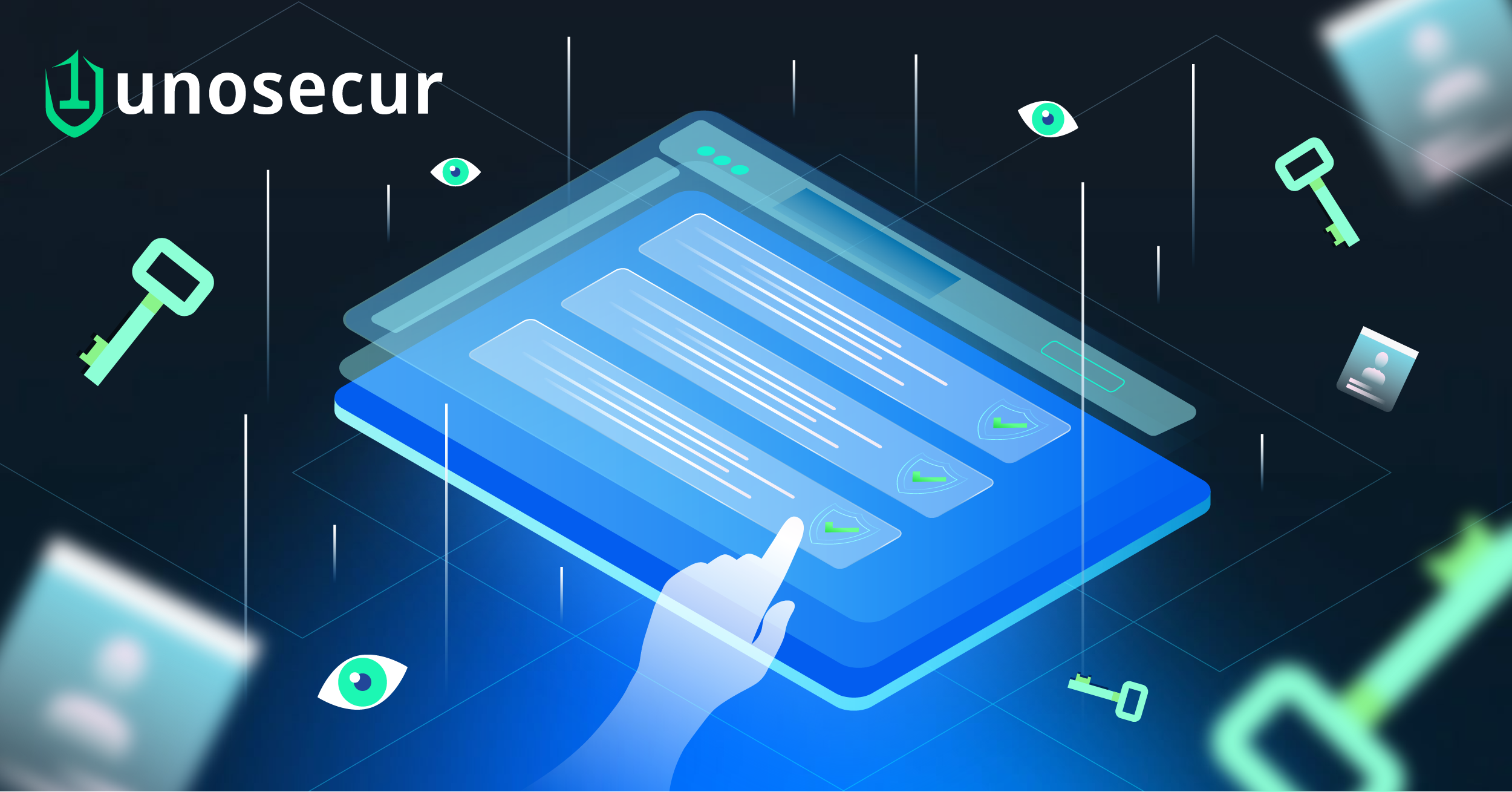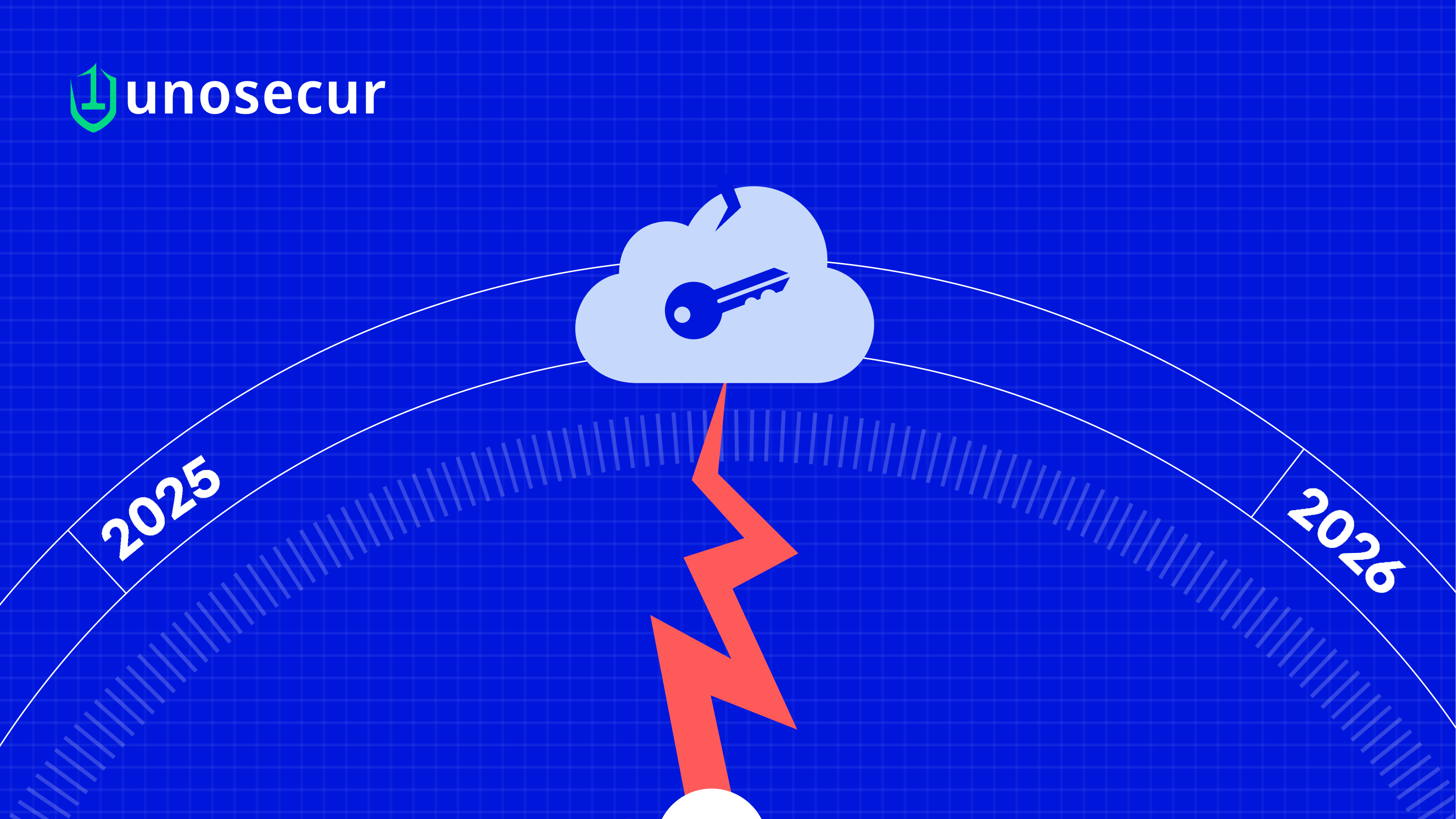Essential Zero Trust metrics every security dashboard should track

Zero Trust has moved from a buzzword to a boardroom mandate. Enterprises no longer assume that a network, device, or user is trustworthy simply because they are “inside.”
Instead, every session, access request, and privilege must be continuously verified. But verification is only half the battle: measurement is what makes Zero Trust programs real. Without the right metrics, CISOs and IT leaders cannot prove progress, detect blind spots, or communicate value to the business.
TL;DR
A Zero Trust dashboard helps organizations track whether their program is improving security, reducing risks, and delivering value. The five essential components to measure are:
- Identity and access
- Device and endpoint
- Network and session control
- Threat detection and response
- Business and compliance outcomes
What is a Zero Trust dashboard?
A Zero Trust dashboard is a centralized view of the key performance indicators (KPIs) that measure how well an organization is enforcing its Zero Trust strategy. Instead of siloed logs or compliance checklists, a dashboard turns technical signals, like authentication events, access decisions, and device health, into business-readable metrics.
This kind of dashboard not only provides visibility but also enables security leaders to benchmark progress, set targets, and demonstrate that Zero Trust is reducing risk without disrupting users. Think of it as the bridge between daily security operations and strategic business outcomes.
What identity and access metrics should you track?
Identity is the foundation of Zero Trust, and tracking these metrics shows how well you enforce least privilege, apply MFA, and eliminate shadow accounts.
- MFA success rate shows how reliably users are authenticating with multi-factor methods, which is often the first line of defense against compromised credentials.
- MFA bypasses and exemptions highlight dangerous shortcuts introduced for VIPs, admins, or legacy systems: weak points that can unravel a Zero Trust program.
- Excessive privilege ratio flags the percentage of identities holding more access than their role requires, a common driver of insider threats and compliance failures.
- Just-in-time (JIT) access adoption measures how much privileged access is shifting from permanent entitlements/standing privileges to time-boxed approvals, shrinking the attack surface.
- Shadow identity detection tracks unmanaged or orphaned accounts, helping organizations clean up identity sprawl and reduce blind spots.
How do device and endpoint metrics strengthen Zero Trust?
Endpoints are often the weak link, so these metrics measure whether only trusted, compliant devices connect to your systems.
- Device compliance rate reflects how many endpoints meet baseline requirements like patching, encryption, and EDR coverage, ensuring only secure devices gain access.
- Unauthorized device attempts show how often unmanaged or untrusted devices are trying to connect, offering insight into potential shadow IT or rogue access.
- Endpoint risk score trend monitors average risk across the device fleet by factoring in patch delays, malware alerts, and unusual activity, enabling proactive remediation.
Which network and session control metrics matter most?
Network and session metrics reveal how effectively conditional access and segmentation policies prevent risky or unauthorized connections.
- Policy-enforced sessions reveal the percentage of logins or connections governed by conditional access policies, a direct indicator of Zero Trust coverage.
- Segmentation enforcement shows how much of the network is protected by micro-segmentation, a control that prevents attackers from moving laterally inside systems.
- Denied risky sessions track the number of blocked connections due to impossible travel, unmanaged devices, or suspicious behavior, surfacing both risks and defensive effectiveness.
How do you measure threat detection and response in Zero Trust?
These metrics measure how quickly you detect and contain abnormal activity, proving Zero Trust resilience against live attacks.
- Mean time to detect (MTTD) demonstrates how quickly the system identifies anomalous access attempts, reflecting detection maturity.
- Mean time to respond (MTTR) captures how fast security teams or automation can contain and remediate detected incidents, reducing damage.
- Lateral movement attempts blocked show the effectiveness of segmentation and identity controls in stopping attackers from escalating privileges or moving across systems.
What business and compliance outcomes prove Zero Trust value?
Business and compliance metrics demonstrate Zero Trust’s real value by showing reduced risk, stronger audits, and improved user experience.
- Audit pass rate measures compliance performance in least privilege enforcement, access reviews, and governance: key proof points for regulators.
- Reduction in exceptions quantifies progress in removing legacy practices such as admin bypasses and hardcoded credentials, reducing systemic risk.
- User friction score captures login fatigue and access complaints, ensuring Zero Trust enhances security without overwhelming employees.
- Breach probability reduction models show how posture improvements reduce attack success likelihood, connecting technical progress to enterprise resilience.
Most importantly, stop considering a Zero Trust dashboard as an operational tool. It is the proof point that your program is delivering.
By tracking identity, devices, sessions, detection, and business outcomes, organizations can move beyond theory and show measurable progress.
The real power of these metrics lies not just in monitoring but in using them to refine policies, automate responses, and demonstrate value across both security and business objectives.
Explore our other blogs
Don’t let hidden identities cost you millions
Discover and lock down human & NHI risks at scale—powered by AI, zero breaches.



